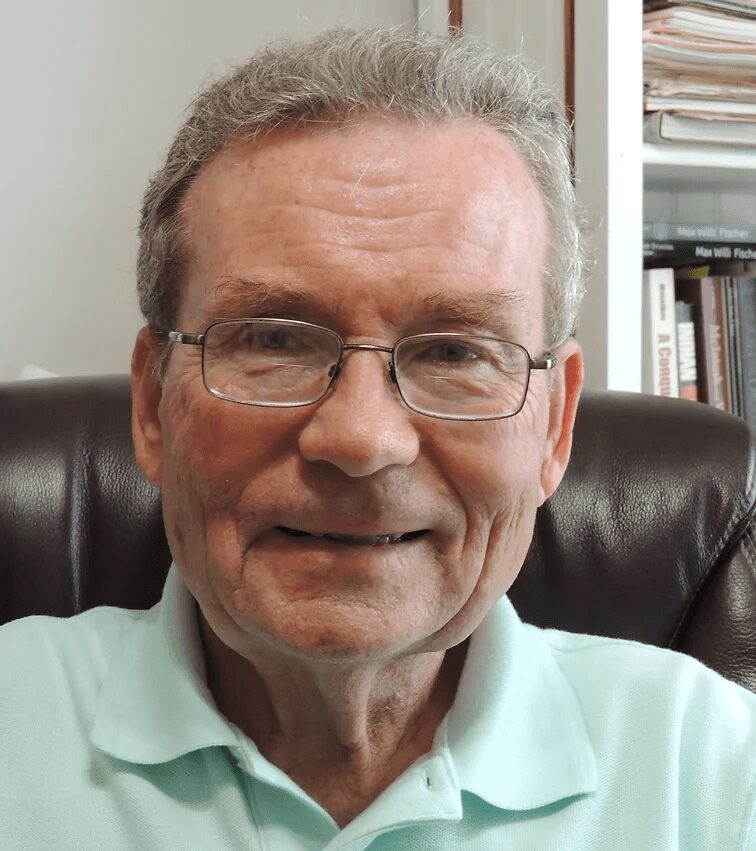We recently connected with Max Fischer and have shared our conversation below.
Max, looking forward to hearing all of your stories today. What’s been the most meaningful project you’ve worked on?
I write historical fiction about American history for teens. I create each novel with the intent of connecting today to a time in our past. While the world changes through technological advancements, human nature is constant. With that in mind, freedom is a right loudly proclaimed throughout our nation’s history, except when fear or prejudice intervenes. One of my novels cuts close to home on that very idea.
Encouraged by my father’s aunt and uncle, my parents and older brother emigrated to the United States from Germany in 1951. I was born a year later, and my great aunt and uncle became surrogate grandparents to my brother and me. My great Uncle Willi had emigrated to the states in 1930, followed a year later by his wife, Frieda. (See photo of Willi and Frieda.) As a teen, I heard family members talk about their first six months in America, living under the same roof with Willi and Frieda and how my father attempted to strike up a conversation about politics with Willi. Frieda brusquely cut off the idea at its knees, “There will be no politics spoken under this roof.” I never pursued the reason for my great aunt’s sensitivity to the subject at the time. However, when I was middle-aged and my mother was living with us, she told me that the FBI had interviewed Willi at some point or another, and Frieda never wanted any more political drama in their lives. I wondered, “Why would the FBI be interested in a railroad yard worker?”
Shortly after I wrote my first novel, I read an article in “American History” magazine about a World War II internment camp in south Texas. It prompted me to read the book from which the excerpt was taken. “The Train to Crystal City” is a riveting account of how German nationals and German Americans were rounded up and placed into camps, many of them interned solely on innuendo alone. In 1942, German saboteurs were captured after having been dropped off by U-boats along the Atlantic coast, and the FBI did massive sweeps of interviewing German aliens and some German Americans. Fear gripped the nation. I thought back to my great aunt and uncle. Willi had caught the FBI’s interest, but an interview with the railroad worker found nothing suspicious. However, I’m sure that interview left an indelible mark on both of them for the rest of their lives.
Despite my love of history and my ethnicity, this was a story with which I had little familiarity. Like so many other Americans, I’d always focused on Japanese American detention camps. I threw myself into researching more about the various internment camps that held German Americans and nationals and the circumstances surrounding their imprisonment. As it turned out, the camp in south Texas was part of a government plan to return Germans back to Europe in exchange for prisoners of war. Thus was born “American Brush-Off”, the story of an otherwise all-American teen, raised in Cleveland since the age of two, who got swept up in the angst of the times and faced a bleak future.
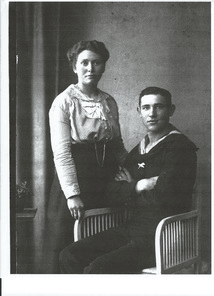
Max, love having you share your insights with us. Before we ask you more questions, maybe you can take a moment to introduce yourself to our readers who might have missed our earlier conversations?
My parents grew up fatherless in central Europe because of the ravages of World War I. Although he had few material possessions as a child, my father nurtured a dream of making it to America. However, World War II broke out, and he found himself in the German army on the Russian Front. My mother and my father survived numerous harrowing events during the war. Once it was over, my father’s interest in coming to America reignited in large part due to a sluggish German economy and letters of encouragement from his aunt and uncle, who had emigrated to the United States in the early 30’s. (See photo of my parents and older brother on board ship.) I grew up in a bilingual household on the outskirts of a small Ohio village. In 1825, Mogadore was named by a not-so-sober ex-sailor after the exotic North African seaport of the same name. Basically, there was way too much history in my background for me not to grow up loving it.
On a Friday in November of my sixth-grade year, events converged that would shake the world while helping to shape my future. Anyone approximately my age or older remembers the details of that day unlike any other of their distant past. My teacher, Mavin Corbin, believed in using a multi-modal approach to teaching, ensuring students had various opportunities to shine. On that Friday, he knew of my love of history and working with my hands, so he arranged to have me demonstrate the building of a model airplane, Charles Lindbergh’s Spirit of St. Louis, during our library time. A small group of students would go to the library to check out a book and return before another group left. Meanwhile, I was explaining interesting episodes from Lindbergh’s flight and details of the model building process. Members of the first group to return from the library apparently joked that a radio report from the library had said the president had been shot. A nervous giggle spread across the room only to turn into tears a few moments later when the school intercom broke into each classroom with the horrific news of President Kennedy’s assassination.
From that point forward, the world was forever changed, and because of Mr. Corbin’s teaching style, I knew I wanted to teach. I spent four decades engaging students in the classroom, emulating my sixth-grade teacher’s devotion to various learning modalities. In the second half of my teaching career, when I specialized in the teaching seventh and eighth-graders about history, I’d often use short, selected sections of historical fiction to supplement and energize the content of the mundane textbook. During this period, I started writing resource books for middle-grade teachers which focused on history. I even had my own column for several years on an online education magazine. Writing became very important to my teaching, and I vowed to pursue it on another level when I retired.
My classroom experiences became my motivation for writing novels. For the past decade plus, I’ve been fortunate enough to pursue my dream of writing historical fiction for adolescents. My stories focus on unique events or eras of conflict as a means of connecting the reader to America’s past—charges of witchcraft in the seventeenth century as a way to secure another’s property; a covert time warp app linking a precocious eighth-grader with a young George Washington at Fort Necessity; a popular high school athlete being interned in the Texas desert during World War II because of his German ethnicity; a rampant epidemic which pushes some to conjure dark forces to find a cure in 1830’s New England; a wayward “street rat” from the Five Points District of Manhattan in the 1850’s navigates Gotham’s mean streets before having to adjust to rural prejudice in Ohio while trying to find justice and the meaning of “trust”. At present, I’m working on my next novel in which a just-graduated teen begins work in the rubber mills of Akron, Ohio in the 1930’s and finds himself caught between the competing ideologies of communism and fascism trying to destroy democracy.
In my opinion, history is driven by two forces, one fluid and one constant. Technology brings about the changes in society, and each generation grapples with the needed adjustments for the better or worse. Human nature is the constant factor through some ten thousand years of recorded history. It’s our inner humanity that links us to the past, and that is the relationship with which I wish to engage the readers of my books.

Is there a particular goal or mission driving your creative journey?
In a single word, immersion. I want to immerse teens and interested adults in another time period of American history. Through my extensive research, which I detail for each book on my website, I hope my novels can provide several hours of escape into the past to see how similar issues facing us today plagued our forefathers within the bounds of a story that twists and turns until the very end. When I receive a review similar to the following one about “Hobbadehoy Rising”, I know I’ve been successful in that goal with that particular reader:
“Hobbadehoy Rising by Max Willi Fischer is a gripping tale set in the mid-19th century, filled with vivid storytelling and rich historical details. The book’s main strength lies in its engaging portrayal of the protagonist, Pencil, whose journey of survival and growth captures the reader’s imagination. Fischer’s ability to paint the historical era with such clarity makes the setting almost come alive, adding a solid backdrop to the thrilling, action-packed plot.” Amazon review May 6, 2024
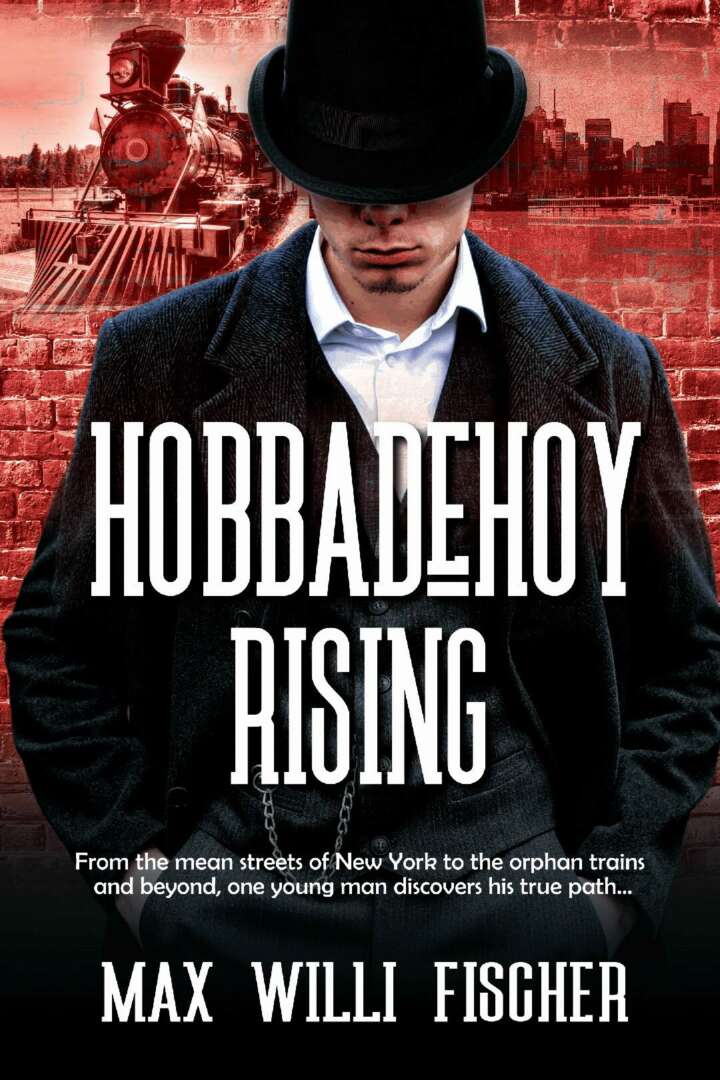
Have you ever had to pivot?
Twenty years into my teaching career, I was established as the sixth-grade teacher at a small elementary school in a middle-class neighborhood at one end of our small city. There was only one class of each grade level, and I’d been there for thirteen years. It was a cozy, family-friendly environment in which I’d carved out a respected reputation as a professional educator who encouraged students and earned the trust of parents.
Then, two weeks prior to the end of the school year, I was notified that there was a social studies opening at the district’s lone middle school. There was my opportunity to teach history on a full time basis, whether world civilizations in seventh grade or American history in eighth. Now, at that time, “middle school” was a misnomer since that school was still structured as a traditional junior high. However, there was talk that the junior high would soon transition into an authentic middle school model.
I had one weekend to decide whether or not to risk leaving my “nest” and be interviewed for the position. On one hand, I was comfortable in my elementary school surroundings. The parents and students knew me, and I, them. On the other hand, the “middle school” was much larger, housing a complete cross-section of the city. I would have to reestablish myself among a wider, more diverse pool of students and parents. Yet, I’d be teaching my favorite subject. It boiled down to two opposing perils: complacency versus change.
Change is a universal challenge as one either willingly, or forcibly, steps outside the box. For better or worse, some sort of growth will occur. Complacency can be equally testing as stagnation may become a narcotic allure, leading one into a state of self-satisfaction while one’s competency begins to slip.
In my first eight years of teaching, I taught three different grade levels at four different schools in three different districts. Change and adjustment came at a rapid fire pace . . . as did growth, but that was thirteen years behind me. After more than a decade, could I successfully adjust and grow again? By the following Monday, I opted for change and growth. I was interviewed and fortunate enough to land the position in what shortly thereafter would become a true middle school.
I never regretted that choice as the challenges morphed into rewards—appreciating the growing sense of justice among thirteen and fourteen-year-olds, the collegiality of working closely with my peers in a team setting, and expanding my instructional repertoire.
Contact Info:
- Website: https://www.maxwilli.com
- Instagram: https://www.instagram.com/maxwilliauthor/?next=%2F
- Facebook: https://www.facebook.com/MWILLIFISCHER
- Linkedin: https://www.linkedin.com/in/max-fischer-5b650647/
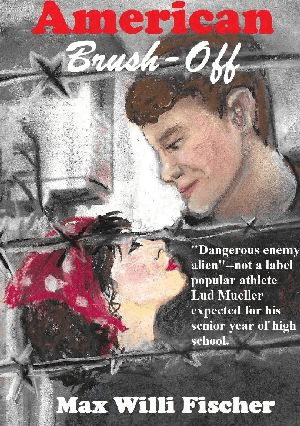
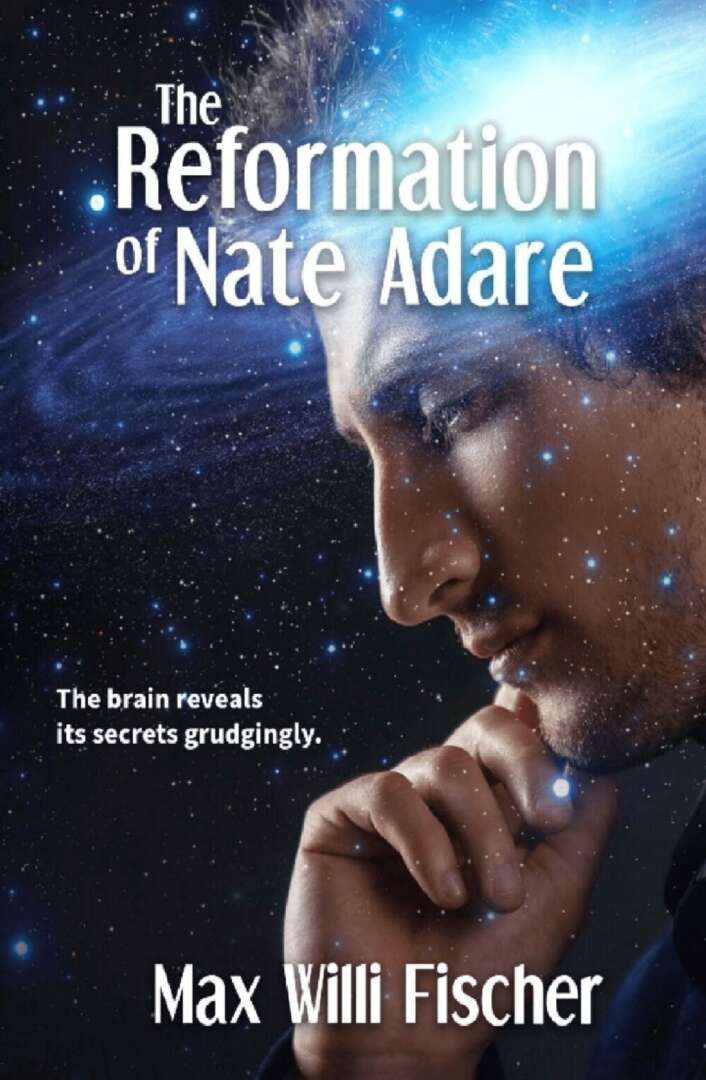
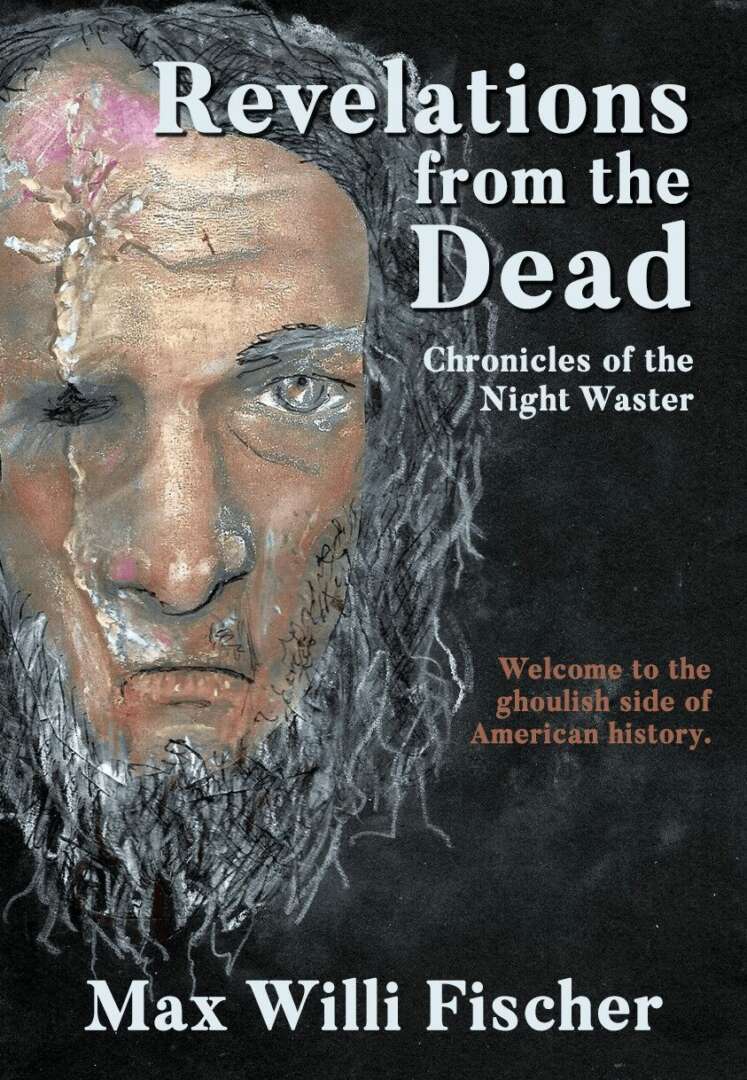
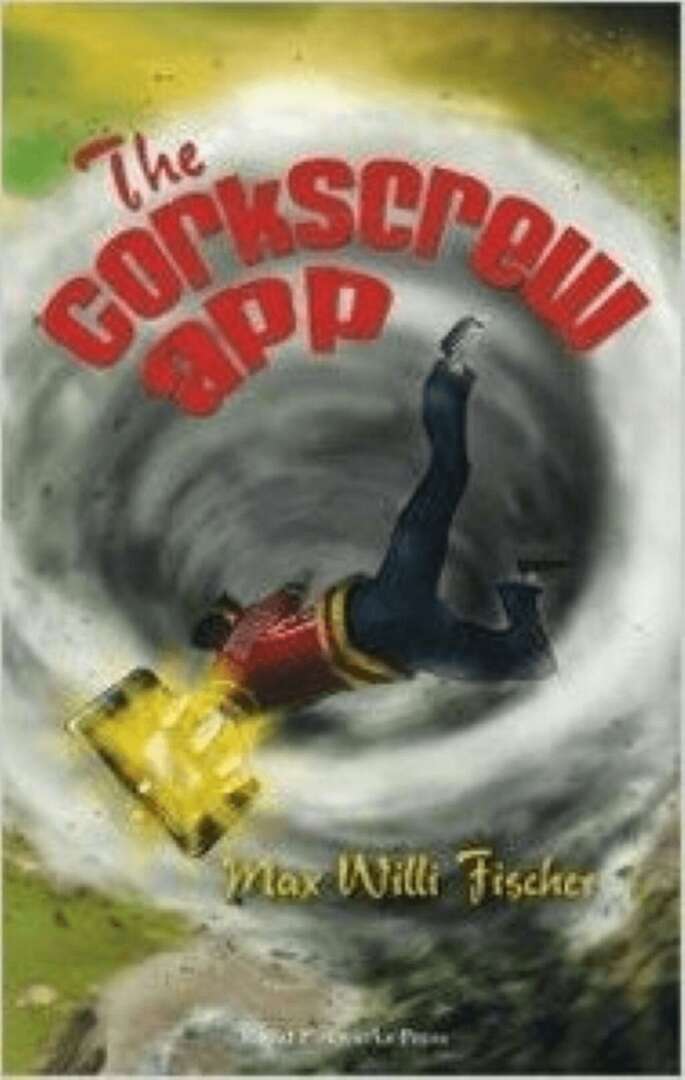
Image Credits
American Brush-Off–Linda Karger
Revelations from the Dead: Chronicles of the Night Waster–Linda Karger
Hobbadehoy Rising–White Rabbit Arts at The Historical Fiction Company
The Reformation of Nate Adare–Kriscole @ Dreamstime.com
The Corkscrew App–Chris Dodge and Kerriann Ruhl


